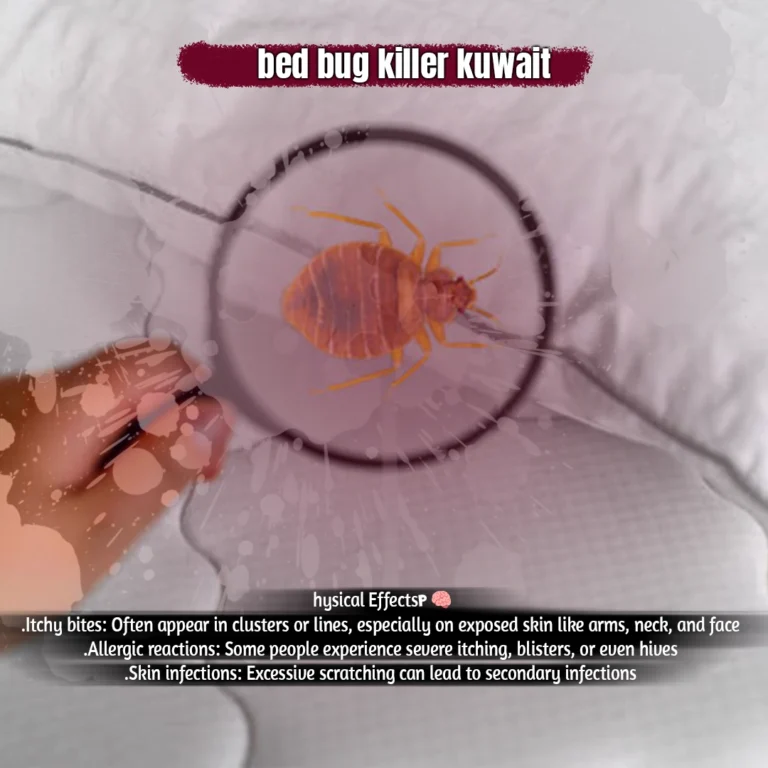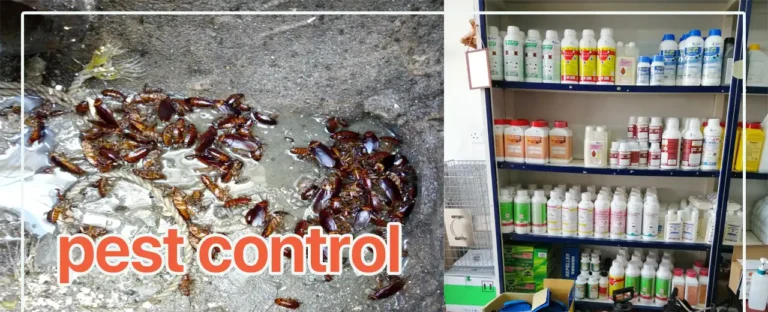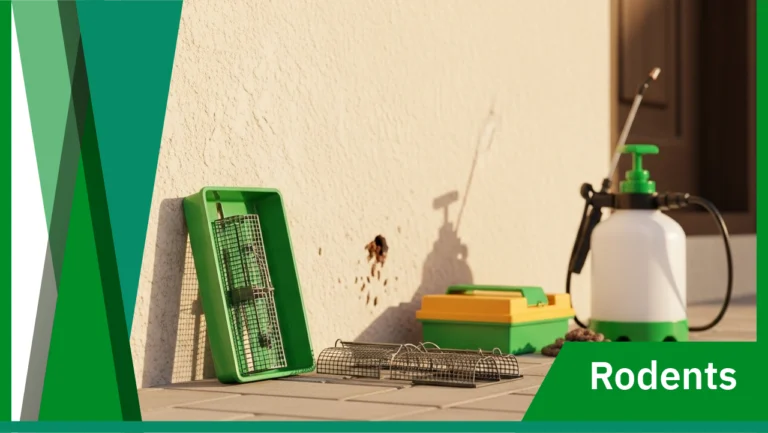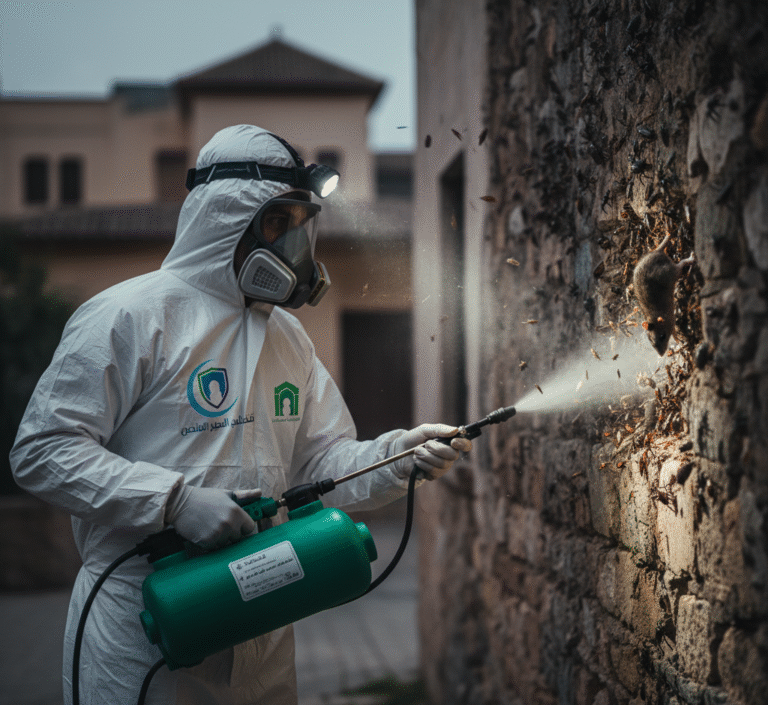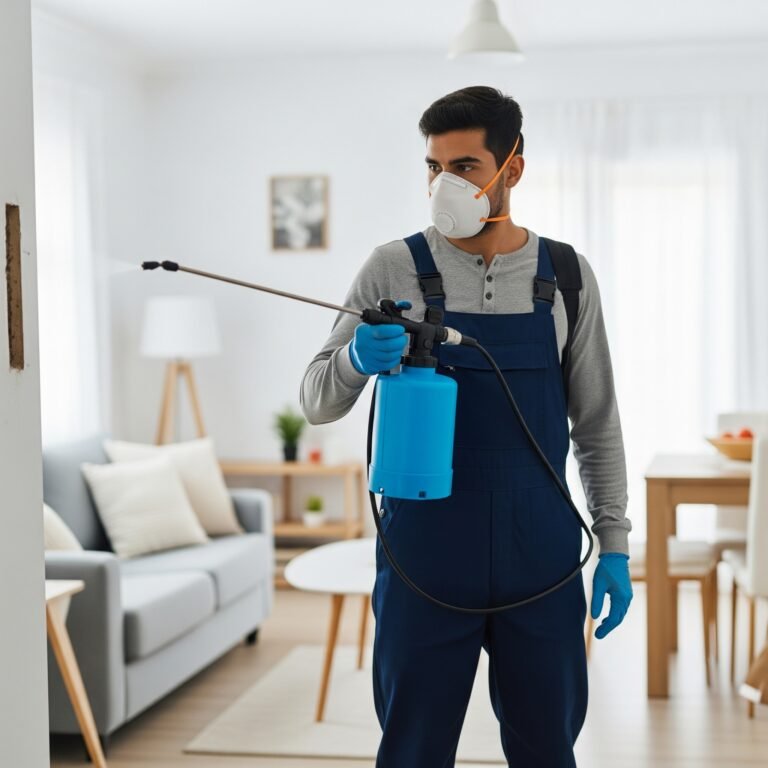Pest Control Kuwait With the increasing demand for pest control services for both homes and businesses, purchasing pest control supplies wholesale has become a necessity for anyone working in this field. Purchasing products in bulk not only saves costs., but also helps ensure the necessary tools and materials are always available to meet any unexpected customer requests. Contact us now 98949693.
Introduction to the Insect Battle
Insect invasions can pose significant challenges for homeowners and gardeners alike. From pesky ants to unwelcome cockroaches, various insects frequently invade living spaces, often leading to disruption and discomfort. Understanding the common types of insects that may invade is crucial for effective pest control and management strategies. Ants, for instance, are notorious for establishing colonies both inside and outside homes, seeking food sources and nesting sites. On the other hand, cockroaches, which prefer damp and dark areas, can create health hazards due to their association with allergens and bacteria.
The reasons behind such invasions are multifaceted. Insects infiltrate homes primarily in search of food, shelter, and suitable breeding conditions. This sense of survival drives them into our spaces, especially during seasonal changes when they seek warmth and sustenance. Gardens, too, are not immune to these intrusions as insects can be attracted to plants, flowers, and garden debris. Pestilent visitors such as aphids, caterpillars, and beetles can wreak havoc on cultivated plants, damaging crops and ornamental flora alike.
Addressing insect infestations promptly is of paramount importance. Delaying action may lead to an escalation of the problem, resulting in more severe damage and increased difficulty in eradication efforts. Therefore, recognizing the early signs of an invasion, such as unusual pest behavior or sightings, is essential. Implementing preventive measures, such as maintaining cleanliness, sealing entry points, and employing natural repellents, can significantly mitigate the onset of infestations. Vigilance and timely intervention will play a vital role in effectively combating these unwelcome invaders.
Understanding Common Household Insects
Household insects are an unfortunate reality in many homes, often leading to significant discomfort and damage. Among the most prevalent are ants, cockroaches, and termites, each possessing distinct characteristics and nesting behaviors that attract them to human environments.
Ants are social insects known for their intricate colony structures .cockroach killer spray
Typically, these pests are drawn to food sources, leaving pheromone trails to lead other colony members to sustenance. Common household species include the black garden ant and the pharaoh ant. They can infiltrate homes through tiny openings and are often seen marching in lines, scavenging for crumbs or sweet substances. Their ability to work collectively makes them a formidable pest, posing challenges in eradication.
Cockroaches
, known for their resilience and adaptability, thrive in warm environments rich in food sources. The German cockroach and the American cockroach are among the most common species found indoors. These nocturnal insects are drawn to kitchens and bathrooms, where food scraps and moisture are abundant. Cockroaches can reproduce rapidly, leading to large infestations if not addressed promptly. Their tendency to hide in small crevices and their ability to survive without food for weeks enhances their status as an invader in many households.
Termites, often referred to as “silent destroyers,” are notorious for their ability to cause significant structural damage by feeding on wood and other cellulose materials. Their colonies can consist of millions of individuals, with a complex social structure that includes reproductive individuals and workers. Subterranean termites are particularly common in homes, as they burrow beneath the soil and can find their way into buildings through cracks in the foundation. Identifying their presence early is crucial, as they can compromise the integrity of wooden structures over time.
By understanding the characteristics, behaviors, and nesting habits of these common household insects, homeowners can take proactive measures to prevent infestations. Awareness of their lifecycle and attraction to human environments serves as a vital first step in safeguarding homes from these persistent pests.

Assessing the Severity of an Invasion
Assessing the severity of an insect invasion is a crucial first step in formulating a successful response. Different types of insects can manifest varying levels of infestation, each requiring distinct approaches. To begin with, homeowners should be vigilant about specific signs indicative of an infestation. Common patterns to observe include the presence of droppings, discarded wings, and nests. Identifying these markers can provide immediate insight into the nature of the invasion and its potential impact on the property.
Next, conducting a thorough inspection of both indoor and outdoor environments is essential. Start by examining areas where food is stored or consumed, as these locations often serve as attractive habitats for many pests. Check behind kitchen appliances and along baseboards for any unusual residues or the aforementioned signs of an infestation. Similarly, inspect gardens and landscaping for evidence of insect damage to plants, such as wilting leaves or unusual marks on surfaces, which might also suggest a significant problem.
To determine which areas are most affected by the insect invasion, consider employing a systematic approach to inspection. This could involve dividing your home or garden into sections and evaluating each area meticulously. Pay special attention to areas with a higher likelihood of moisture, as many pests are drawn to damp environments. Additionally, utilizing traps or monitoring devices can provide quantitative data reflecting the extent of the issue. Tracking insects over time by observing capture rates can help pinpoint hotspots within your premises.
By thoroughly assessing the signs, employing inspection methods, and prioritizing affected areas, homeowners can gain a clearer understanding of the invasion’s severity. This knowledge will ultimately aid in developing an effective action plan to combat the intrusion of insects into their living spaces.
Prevention: The Best Defense
When it comes to managing insect infestations, prevention is undeniably the best strategy. Implementing effective sanitation practices can significantly reduce the likelihood of attracting unwanted pests into your home. Regularly cleaning your areas, such as kitchens and dining rooms, helps to eliminate food and water sources that insects thrive on. Sweeping floors, wiping down surfaces, and promptly disposing of any food waste can create an unwelcoming environment for pests.
Another crucial aspect of insect prevention involves sealing entry points. Assessing the exterior of your home for cracks, gaps, and openings can prevent insects from finding their way inside. Utilize materials such as caulk or weather-stripping to close these potential entryways. Pay special attention to doors and windows, ensuring that screens are intact and free from tears. Additionally, inspecting plumbing and electrical penetrations will help in sealing off those routes effectively.
Incorporating mechanical barriers can also play a significant role in your insect control efforts. Installing door sweeps and using screens on windows can provide added protection against unwanted invasions. Furthermore, employing traps specifically designed for various insects can help to monitor and manage any that may attempt to enter despite your best efforts.
Maintaining a clean environment not only safeguards your home but also lessens the need for remedial measures later on. Regular yard maintenance, including trimming hedges and removing debris, will minimize potential habitats for insects. Additionally, compost and mulch should be kept at a distance from the home’s foundation. By making your living space less appealing to insects, you are reinforcing your home’s defenses against their invasion. In conclusion, taking proactive steps in sanitation, sealing, and using barriers can significantly deter insect infestations long before they become a problem.
Natural Remedies for Bug Control
In the quest to maintain a pest-free environment, many individuals are turning to natural remedies for bug control. These eco-friendly solutions serve as effective alternatives to chemical pesticides, which can pose risks to both human health and the environment. Numerous household items can be repurposed into effective insect deterrents, promoting a safer living space.
One popular option is the use of essential oils. Oils such as peppermint, eucalyptus, and tea tree are known for their insect-repelling properties. A simple recipe involves mixing 10-15 drops of your chosen essential oil with water in a spray bottle. This solution can be applied in areas where insects frequently appear, such as doorways and windowsills. The strong scent acts as a natural repellent, disrupting the insects’ navigational abilities and keeping them at bay.
Vinegar is another versatile remedy that can combat a variety of pests. To create a powerful insect spray, combine equal parts water and white vinegar. This mixture can effectively deter ants, fruit flies, and certain types of beetles. In addition to repelling insects, vinegar can also help eliminate pheromone trails left by ants, decreasing the chances of future infestations.
Diatomaceous earth (DE) is a natural powder comprising fossilized algae. When sprinkled around affected areas, it acts as a mechanical insecticide. DE works by damaging the exoskeletons of crawling insects, leading to dehydration and eventual death. It is safe for pets and humans when used correctly, making it an excellent choice for home pest management.
In conclusion, utilizing natural remedies for bug control not only helps keep unwanted insects at bay but also promotes a healthier living environment. By incorporating these eco-friendly methods into your pest management strategy, you can effectively combat infestations while minimizing the use of harmful chemicals.
Chemical Solutions: When to Consider Them
In the ongoing battle against insect infestations, chemical solutions can serve as a potent weapon. Various types of chemical pesticides are available in the market, each designed to address specific types of pests. Broadly, these products can be categorized into insecticides, fungicides, and herbicides, with insecticides being the primary focus for insect-related issues. Understanding the distinctions between these chemical solutions is essential to making an informed decision based on the nature of the infestation.
When considering a chemical solution, it is vital to evaluate the severity of the infestation and the types of insects involved. If the problem persists despite attempts to eradicate pests using natural methods, resorting to chemical treatments may be necessary. However, it is important to apply these pesticides responsibly. Following the manufacturer’s instructions is crucial for optimum efficacy and safety. Proper application techniques should include wearing appropriate protective gear, such as gloves and masks, and ensuring the treated area is well-ventilated.
Furthermore
safety precautions extend beyond personal protection. It is advisable to keep children and pets away from treated areas for a specified duration, as indicated on the product label. Also, be vigilant regarding the impact of chemicals on non-target species, as many pesticides can affect beneficial insects and the surrounding environment. This consideration is particularly relevant when opting for chemical treatments in gardens or near water bodies.
In the marketplace, options vary from professional-grade solutions, which often contain higher concentrations of active ingredients, to store-bought alternatives that are diluted for consumer use. While professional-grade pesticides may provide faster results, they also require a deeper understanding of application practices and potential risks. Conversely, store-bought options can be effective for minor infestations but may not yield the immediate results desired for more severe problems. Thus, assessing the situation and choosing the right chemical solution is integral to successfully managing insect invasions.
Professional Pest Control Services
When faced with an insect infestation, hiring professional pest control services can significantly enhance the effectiveness of your efforts. These experts bring a wealth of experience and knowledge in tackling various types of pests, ensuring a comprehensive approach to pest management. During a consultation, you can expect a thorough inspection of your premises to identify the type of insects present, the extent of the infestation, and any contributing factors. This initial assessment is crucial in developing an effective pest control strategy tailored to your specific situation.
Professional pest control services typically employ an array of methods to eradicate pests safely and efficiently. These methods may include chemical treatments, natural solutions, and integrated pest management (IPM) techniques, which focus on long-term prevention through habitat modification and monitoring. Utilizing environmentally friendly products has become increasingly popular among pest control professionals, reflecting a growing awareness of ecological impact while still effectively managing pest populations.
pest control services
Choosing a reputable pest control service involves several considerations. It is advisable to solicit recommendations from friends, family, or online reviews to ensure that you engage a provider with a proven track record. Additionally, verifying the company’s licensing, insurance, and certifications will provide peace of mind regarding their legitimacy and expertise. Cost is another key factor when selecting a service; prices can vary based on the type of treatment required, the size and location of the infestation, and the specific pests involved. However, it is essential to balance cost with the expected effectiveness of the treatment, as opting for the cheapest option may not result in long-term success.
In conclusion, professional pest control services offer a structured and knowledgeable approach to tackling insect invasions. By understanding what to expect during consultations, the methodologies employed, and the criteria for selecting a reputable provider, property owners can make informed decisions that promote long-term pest management solutions.
Post-Treatment: Maintaining a Pest-Free Environment
After successfully addressing an insect infestation, maintaining a pest-free environment is essential to prevent recurrence. The first step is to implement regular inspections around your home or business premises. These inspections should focus on areas where insects are likely to enter, such as windows, doors, and potential entry points like cracks or gaps in walls. By routinely assessing these vulnerable areas, you can catch any signs of re-infestation early, ensuring swift action can be taken before the situation escalates.
Routine cleaning is another critical factor in maintaining a pest-free environment. Insects are often attracted to food sources, so it is important to keep all surfaces, including countertops and floors, free from crumbs and spills. Regularly vacuuming, sweeping, and mopping can significantly reduce the chances of attracting pests. Moreover, storing food in sealed containers and disposing of trash frequently can help eliminate appealing environments for insects. Remember to pay attention to less obvious areas such as the kitchen pantry and underneath appliances, which are often overlooked but can harbor food particles.
Continued vigilance is paramount in preventing future infestations. This includes monitoring for any unusual signs of insect activity, such as droppings, nests, or the sighting of insects themselves. Educating yourself and others in your household about the types of insects common to your area can also be beneficial to identify signs of an infestation quickly. Additionally, maintaining an organized space reduces hiding spots for pests, making your environment less inviting for them.
By implementing these strategies—regular inspections, diligent cleaning, and maintaining vigilance—homeowners can significantly increase their chances of avoiding future insect infestations and preserving a pest-free environment.

Conclusion: Winning the War Against Insects
Defeating insect invasions is an ongoing battle that necessitates a comprehensive approach combining prevention, treatment, and maintenance strategies. As we have discussed, understanding the behaviors and habitats of common pests empowers individuals to implement effective preventative measures. Regular inspections and diligent monitoring can dramatically reduce the likelihood of infestations in both residential and commercial properties.
In terms of treatment, utilizing diverse methods—from natural remedies to professional pest control services—allows for a tailored strategy that can effectively address specific insect issues. It is advisable to select treatments that not only eradicate existing insects but also consider the potential for future invasions. This might include sealing entry points, removing sources of food and water, and employing traps or baits as necessary.
Furthermore, the maintenance phase is often overlooked yet is crucial for long-term success in pest management. Keeping environments clean and tidy, along with regularly scheduled maintenance inspections and pest control treatments, will help ensure that any potential small invasion is promptly dealt with. Staying informed about the types of insects prevalent in different seasons can also aid in preparedness and response.
Ultimately, winning the war against insects requires vigilance, knowledge, and action. By adopting an integrated pest management approach, individuals can not only combat current infestations effectively but also prevent future ones. Encouragingly, as awareness of pest control methodologies increases, individuals can contribute to healthier, pest-free living and working environments. Taking proactive measures will help ensure your space remains an area free from the disturbances and health risks associated with insect invasions.
bed bug killer
bed bug killer are one of the most persistent and frustrating household pests, capable of spreading quickly and causing sleepless […]
cockroach killer
Cockroach killer are among the most annoying and dangerous insects to health, due to their ability to transmit diseases and reproduce […]
rodents
rodents 🐀 Introduction to Rodent Control in Kuwait Rodents are among the most troublesome insects and animals that cause. significant […]
Pest Control Al-Andalus
Pest Control Al-Andalus We offer you the. best services to remove panic from the home, family, elderly and children. We have […]
Pest Control Al Firdous
Pest Control Al Firdous We offer you the. best services to remove panic from the home, family, elderly and children. We have […]
Pest Control Al-Masayel
pest control Al-Masayel We offer you the. best services to remove panic from the home, family, elderly and children. We have a […]
